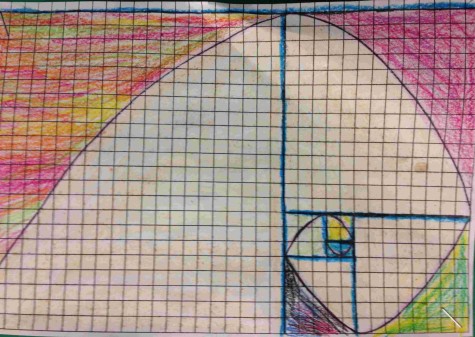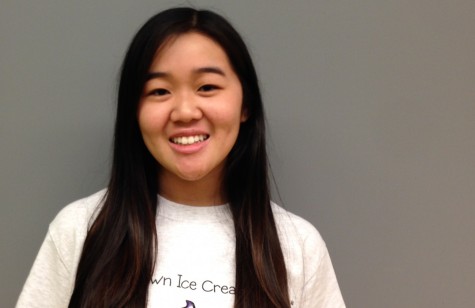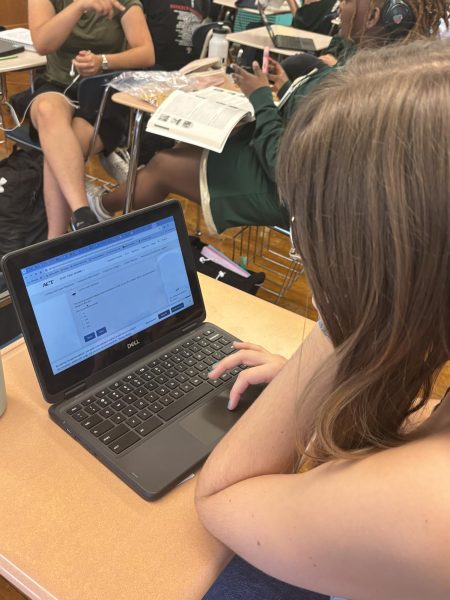Semester long classes coming to Lane

With over 120 electives, it is evident that Lane offers students multiple opportunities to learn different subject matter over the course of a few years, ranging from Sound Engineering to Women in Literature to Ethnic Studies.
In addition to the countless amount of electives offered at Lane, beginning in the next school year there will be semester-long classes in place.
Some of the proposed social science classes include Asian History, going in depth on the history of several countries throughout the continent, History of Chicago, focusing on the evolution of the city, and Honors Economics, which is planned to help students learn how to finance, manage money, and pay bills.
One of the fundamental reasons the semester long classes were implemented is that they enable students to explore and learn more than one subject over the course of the school year.
“One of the things that every teacher in the building struggles with is senioritis, so we found that by having it be a semester long course, it kind of rejuvenates the seniors second semester to keep their interest up when it traditionally falls,” Assistant Principal, Ms. Gonzales said.
Although the new courses will be in the Social Science departments, semester-long classes have been in effect at Lane for the past five years in the math department.
Discrete Math was previously a year long course, but five years ago, Gonzales and Ms. Lain adjusted the curriculum in order to keep students engaged in the material, teaching one semester of Business Statistics and one semester of Discrete Mathematics.
The idea for the new classes came about in the history department when teachers proposed the curriculum to the school’s administration. Gonzales said that once the courses were approved by the administration, they were sent to the CPS Office of Teaching and Learning in order for proposals to be approved by the district.
The addition of the new courses has the potential to benefit not only Lane students, but high school students throughout Chicago as well, according to Gonzales. After the district team reviews the proposed classes and approves them, they have the potential to be offered not only at Lane but district-wide, she said.
Registering for the new electives will not change. However, students will not be allowed to choose which two courses they will be allowed to take for the next school year.
“Classes will be paired together — similar to Discrete Mathematics, where one semester focuses on statistics and the other on mathematics, or like the Math in Art and History of Math,” Mr. Nishimura, the school’s programming director, said.
Many of the course pairs that will be offered have similar themes, while maintaining core differences.
“In a lot of the classes there are themes that are overlapping,” Gonzales said. “We’re trying to pair them so that those overlapping classes are evident so that the curriculum doesn’t have to be condensed as much.”
In pairing classes together, students are enabled to focus on the correlation between the two topics and still be able to learn and explore the significance of each. One of the main reasons teachers and administration were inclined to introducing the new curriculum, Gonzales added, was to aid students in being able to analyze and apply what they learn to different situations in different subjects, while maintaining students’ interest in the “new topics they will discover and discuss” each semester.
Your donations directly fund the Lane Tech student journalism program—covering essential costs like website hosting and technology not supported by our school or district. Your generosity empowers our student reporters to investigate, write, and publish impactful stories that matter to our school community.
This website is more than a publishing platform—it's an archive, a research tool, and a source of truth. Every dollar helps us preserve and grow this resource so future students can learn from and build on the work being done today.
Thank you for supporting the next generation of journalists at Lane Tech College Prep!



